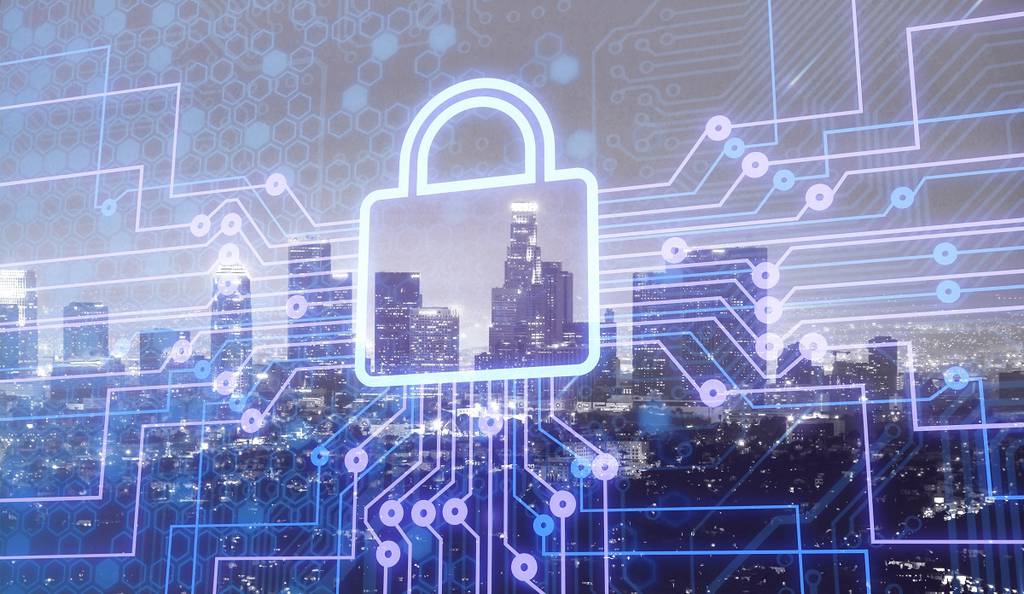As analysts rely more on an intelligence community intranet to transmit top-secret information, the network needs to be modernized with cybersecurity in mind, said Jean Schaffer, chief of cyber and enterprise operations at the Defense Intelligence Agency.
“We really need to be looking at [Joint Worldwide Intelligence Communications System] in terms of an overhaul of the architecture and how we would lay it out to make sure we are meeting the needs,” Schaeffer said at the annual DoDIIS conference in Tampa Aug. 20.
The Joint Worldwide Intelligence Communications System, or JWICS, is essentially an intranet used by the intelligence community to transmit top-secret data. But as the number of users and amount of data on the network increases, Schaffer said the system needs to be overhauled to ensure it remains secure.
“JWICS is already hardened because primarily it is a top-secret SCI network, so it is hardened that way to start. But we really need to raise the security posture,” Schaffer said. “What we’re doing here at DIA is just trying to make cybersecurity part of our normal business rhythm.”
One concern about the network is insider threats, employees and contractors who can access the network through traditional means. So as the agency looks to overhaul the system, it’s looking to move from defending the network as a whole to protecting the data within the network.
“We’re also transitioning from a network protection model to a data protection model,” said Schaffer. “Focusing on that data means that we really are going to have to understand and clearly define on and off ramps for JWICS.”
In addition, the intelligence community will need to have clearly defined domain edges and defined end flows.
“We’re going to need to understand more and more what data needs to get to what locations and actually define that so we can ensure that there’s multiple paths to get there in case there’s any diversion or destruction,” said Schaffer.
But there are also simpler ways to secure JWICS, like encouraging cybersecurity best practices like two-factor authentication.
“Our goals are very simple,” said Schaffer. “We want it to be reliable. We need it to be resilient. We need it to be survivable (...) It needs to be accessible to the different places that is needed for our mission customers, whether that be at the edge or back here (...) and it needs to be scalable.”
Nathan Strout covers space, unmanned and intelligence systems for C4ISRNET.
More In








